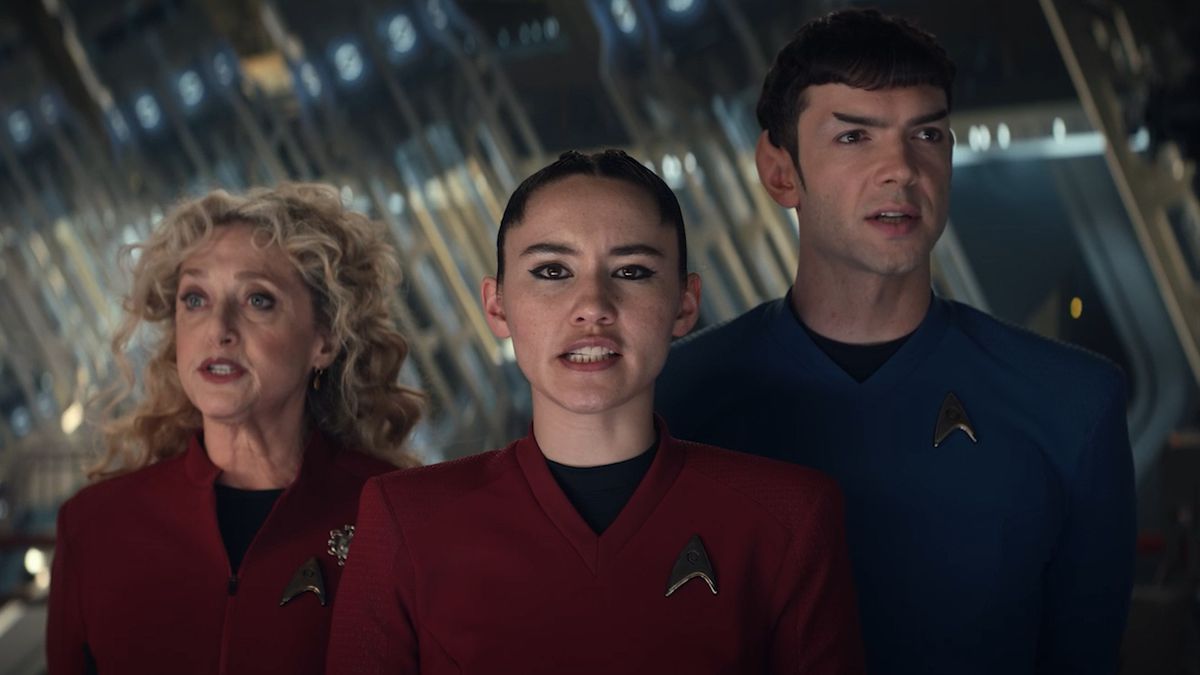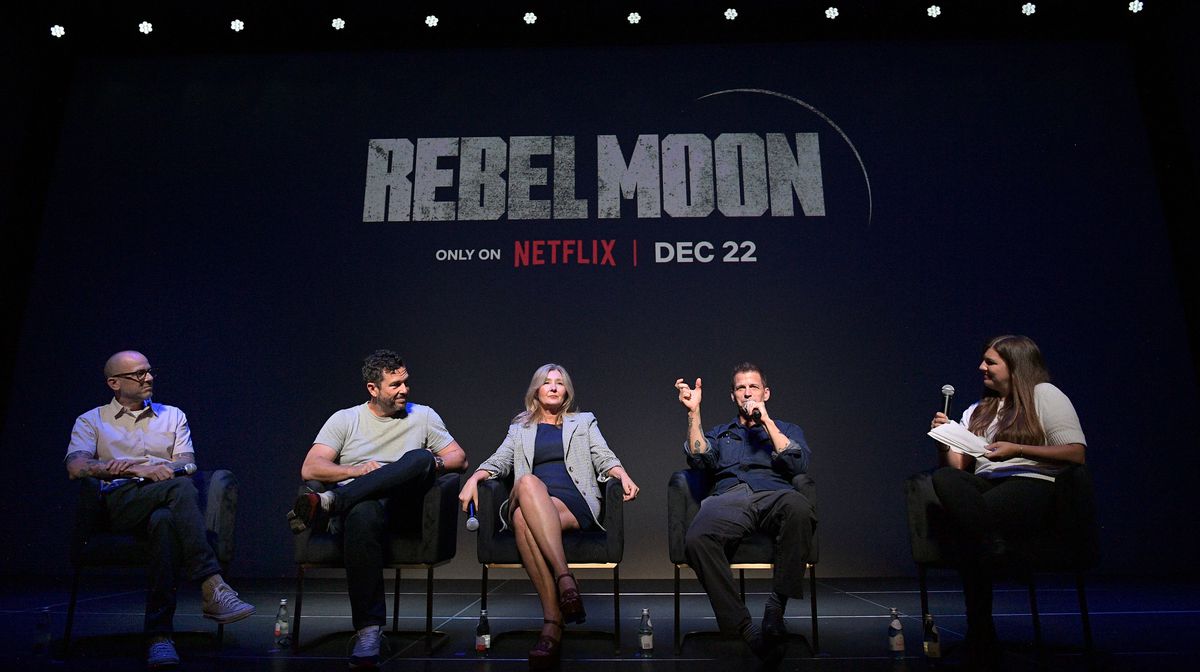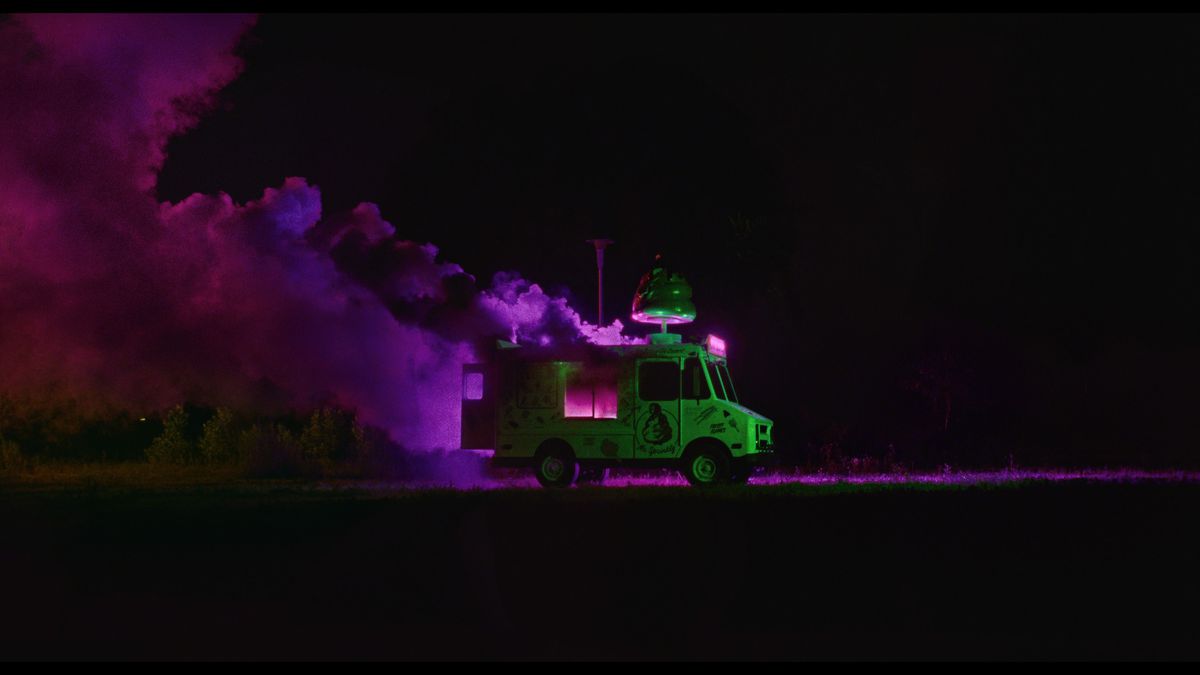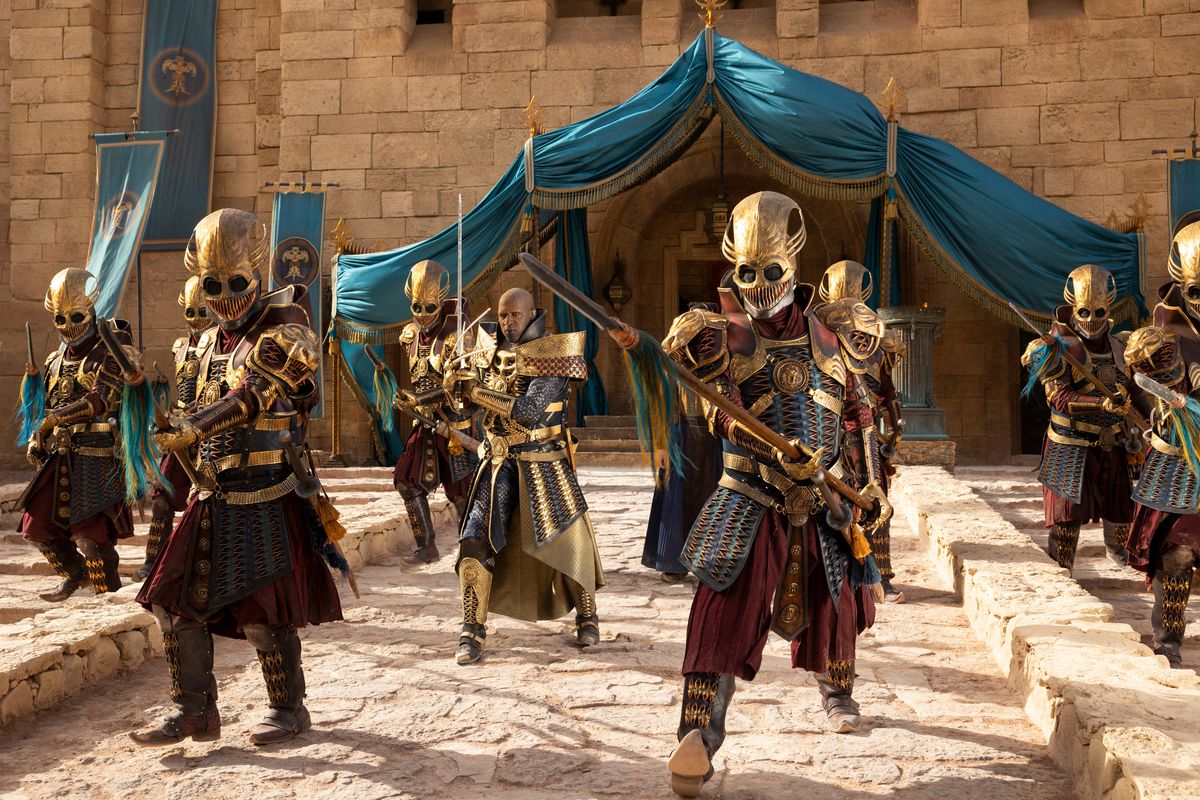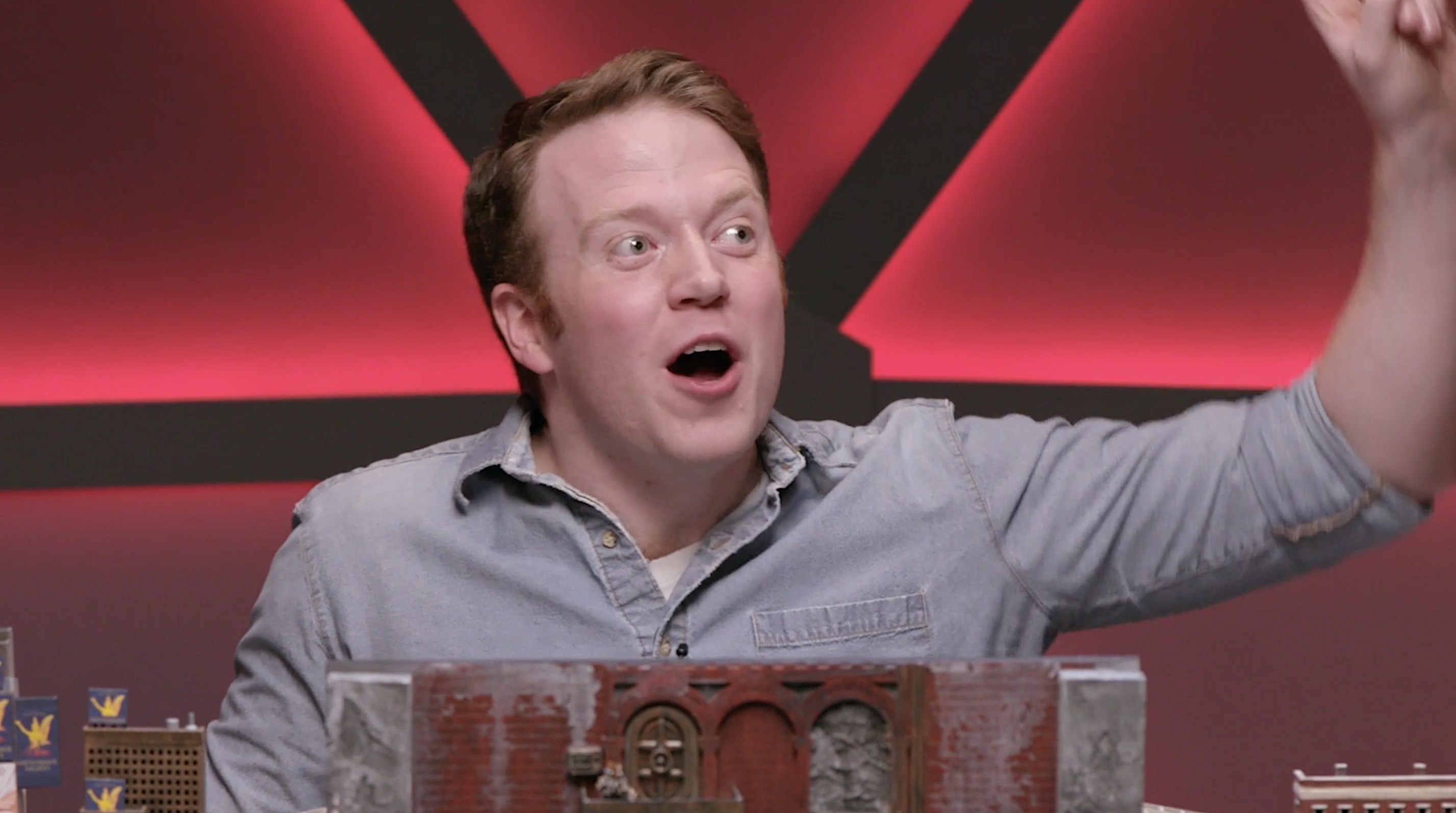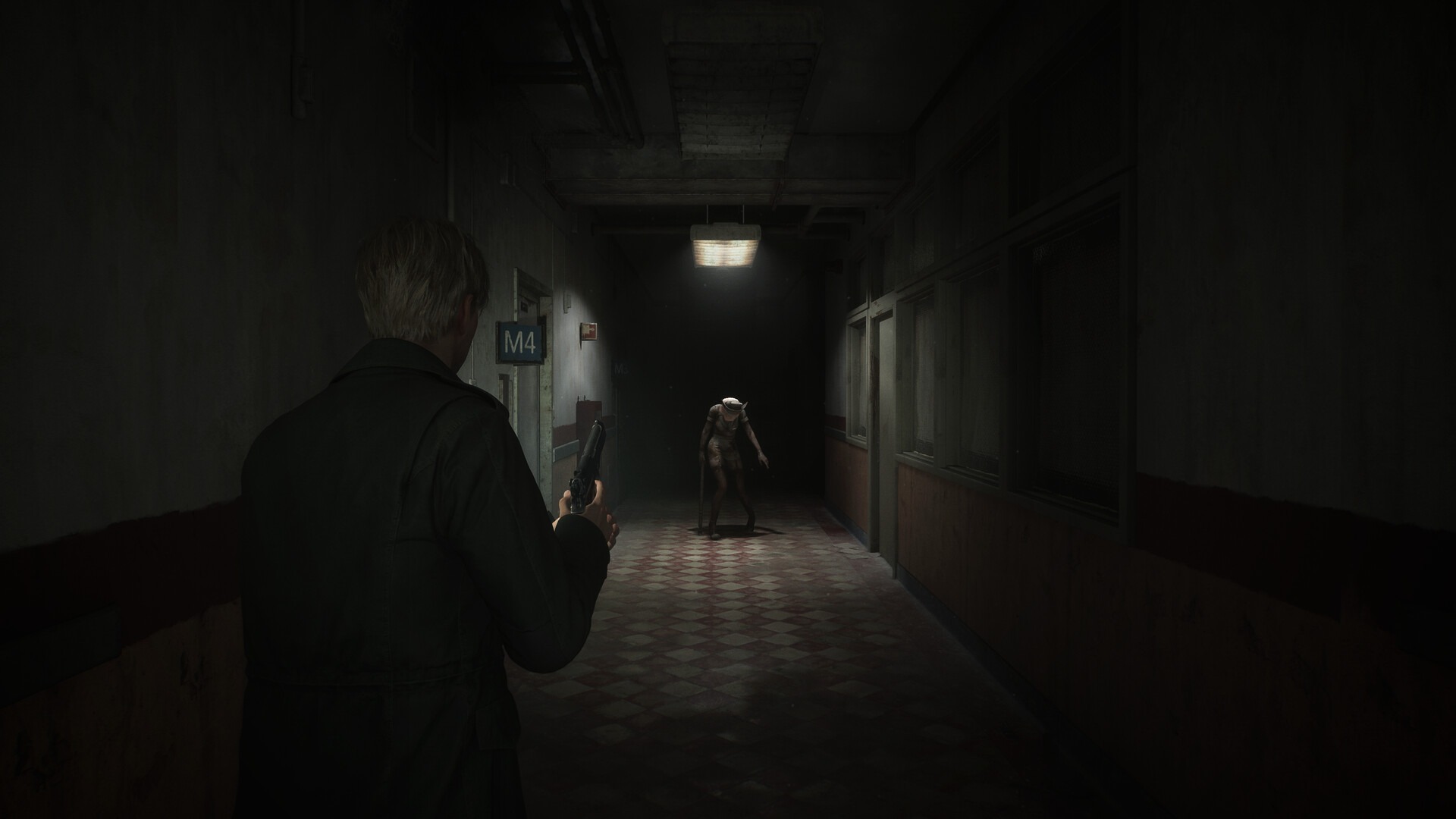When cinematic legend William Friedkin died in August, most of the mournful obituaries focused on tributes to his eclectic body of work. Affectionately nicknamed “Hurricane Billy” for his force of personality and towering stature among the New Hollywood filmmakers, Friedkin produced a respectable, wide-ranging filmography, from Academy Award-sweepers like The French Connection to reappraised gems like the box-office bomb turned classic Sorcerer. Still, critics elevated one title over all the rest, one film that, even 50 years later, still has a firm grasp on popular culture: The Exorcist, which bears the tagline “the scariest movie of all time.”
That’s what critics dubbed it upon its thunderous release in 1973. The Exorcist shocked the nation with its sordid but gripping tale of an actor (Ellen Burstyn) who turns to a pair of Catholic priests to exorcise her possessed daughter. Retrospective reviews have since echoed the “scariest movie ever” claim, and critics still hold The Exorcist to be the single most provocative and petrifying film in the annals of horror cinema. It’s so firmly considered the genre’s gold standard that critics have since praised modern thrillers like A24’s Hereditary as the “scariest film since The Exorcist.” That reputation has kept The Exorcist’s legacy alive, in spite of a series of sequels ranging from mediocre to infamous, with the exception of the 1990 cult classic Exorcist III.
The Exorcist brand has remained so strong that Blumhouse greenlit an entire trilogy of sequels from Halloween director David Gordon Green, timed to land around the original movie’s 50th anniversary. The first, The Exorcist: Believer, brings Ellen Burstyn back to the franchise to reprise her role as Chris MacNeil, just as Green’s Halloween movies bring back Jamie Lee Curtis as Laurie Strode. The Exorcist: Believer makes some big, problematic departures from the series’ mold, but it unquestionably wouldn’t exist if the Exorcist name didn’t still carry so much respect today.
But is The Exorcist still the scariest movie of all time half a century later? Critics have repeated that talking point for 50 years, even in the face of new horror classics that have proven to be equally potent nightmare fuel. It’s true that The Exorcist traumatized an entire generation of moviegoers like no wide release before or since, but it also helped desensitize audiences who can now sit through endless Saw sequels without flinching. If a movie came along that was as genuinely terrifying as The Exorcist was in 1973, audiences would be far more prepared for it after having experienced Friedkin’s seminal masterwork.
As it happens, “the scariest movie ever” is impossible to determine. Human fears are pretty universal, which explains why horror has so many familiar tropes. But one person’s deepest nightmare may not have any effect on someone else at all. “Scariest” is immeasurable. And the label doesn’t really get to the heart of Friedkin’s true accomplishment with this film. No one knows whether The Exorcist can still be called the scariest horror movie ever.
But it’s certainly the most influential. Not just because it almost single-handedly spawned the exorcism subgenre, which is still a popular go-to for producers, with recent titles like The Pope’s Exorcist, The Nun II, and My Best Friend’s Exorcism, but because The Exorcist is arguably the first true horror movie of the modern era. Following a generation of Hammer horror movies, drive-in B movies, and haunted-house spooktaculars, The Exorcist rewrote the playbook by fusing dramatic textual structure, grotesque shock value, and social taboos for mainstream audiences.
:no_upscale()/cdn.vox-cdn.com/uploads/chorus_asset/file/24975090/Silhouette.png)
Sure, Rosemary’s Baby matches Friedkin’s masterpiece in terms of tension and suspense, but its depictions of violence are relatively restrained. The original 1974 Texas Chain Saw Massacre was as provocative as The Exorcist, but it didn’t boast a cast of household names that lent it credibility with mainstream movie fans. On release, Tobe Hooper’s now-classic horror movie was widely dismissed as trash. The Los Angeles Times’ critic even called it “despicable” and “ugly and obscene.” The Exorcist couldn’t be so easily pigeonholed.
Friedkin’s movie was — and still is — a suspension bridge between prestige and provocation. It rewrote the blueprint for horror movies, suggesting a route to critical and financial success that genre auteurs studied for decades.
The reason it was considered the scariest movie of all time is that Friedkin had the audacity to smuggle in sights and sounds that would be startling even for an exploitation picture, let alone a future Best Picture and Best Director Academy Award nominee. It should seem paradoxical that a movie where the central character is a possessed preteen who masturbates with a crucifix would even be considered for recognition by an infamously stuffy, elitist organization, one that rarely acknowledges horror cinema. Yet it’s a strangely befitting endorsement, because the film’s vulgarities enhance a storyline that could have easily turned into a standard kitchen-sink drama. The Exorcist has the skeleton of an Oscar-bait medical weepie, if you swap out possessing entity Pazuzu in favor of an illness and turn the titular exorcists into doctors navigating a diagnosis and cure. Ellen Burstyn isn’t playing a Final Girl or damsel in distress, but a grieving mother. And we all know how much the Academy loves family grief.
Many genre auteurs have attempted to walk that line between shocking exploitation imagery and respectable and recognizable human emotion, from M. Night Shyamalan with his breakthrough hit The Sixth Sense (which also centers on a single parent whose child is haunted by spirits) to Ari Aster with Hereditary. Toni Collette, who stars in both films, was so moved by The Sixth Sense’s thematic power that she says she didn’t even register it as a horror film.
The Exorcist’s influence can be felt most directly in the contemporary “elevated horror” movement, which uses the genre’s conventions and visual language to explore psychological and societal ills. Between A24’s artisanal horror and cerebral social thrillers from the likes of Jordan Peele, elevated horror is dominating the genre marketplace. Friedkin is arguably the godfather of the subgenre: The Exorcist was a statement to audiences and critics that genre fare could be as dramatically potent and thematically resonant as anything else in literature. Elevated-horror filmmakers have replicated Friedkin’s success with chilling portrayals of family dysfunction and grief in films from The Babadook to The Night House. Other directors have taken inspiration from Friedkin’s audacious, uncompromising use of psychological horror to critique and deconstruct religion — most notably 2021’s shattering Saint Maud.
Another piece of wisdom Friedkin imparted to future generations of elevated-horror filmmakers is to not betray the incendiary nature of the genre, to not flinch away from portraying graphic physical and psychological violence. Before Friedkin, the conventional wisdom said that “respectable” horror avoided grotesque or gratuitous imagery. Some argued that viewers’ imaginations can conjure up more compelling or devastating images than any filmmaker can show on screen. Friedkin proved them wrong, with relish. The audiences who were traumatized by the scenes of Regan spider-walking down the stairs or spinning her head around 180 degrees are a testament against this conventional wisdom.
Friedkin’s spirit lives on in the movies that balance shocks with real human drama. The Exorcist’s legacy thrives in modern horror. Filmmakers were liberated by Friedkin’s audacity in threading the needle between the taboo and the mainstream, unnerving audiences while also engrossing them in stories of tragedy, pain, loss, and remorse. The entire genre has been emboldened to challenge social conventions while still providing escapist thrills.
Other filmmakers share the credit, of course, but it’s hard to point to a more substantial tectonic shift in the landscape of genre cinema. Hurricane Billy took audiences by storm in 1973, and we still haven’t shaken off the effects. With The Exorcist’s release, horror movies were officially no longer marginal ways to fill drive-ins with cheesy monster movies or underground exploitation fare. They were a space for visionaries and iconoclasts, provocateurs and auteurs. The Exorcist might not literally be the scariest movie ever made. But whoever does make the scariest movie out there will have surely seen The Exorcist.
The Exorcist is streaming on Max and is available for rental or purchase on Amazon, Vudu, and other digital platforms. It’s also available on Blu-ray in a 4K 50th anniversary special edition.
